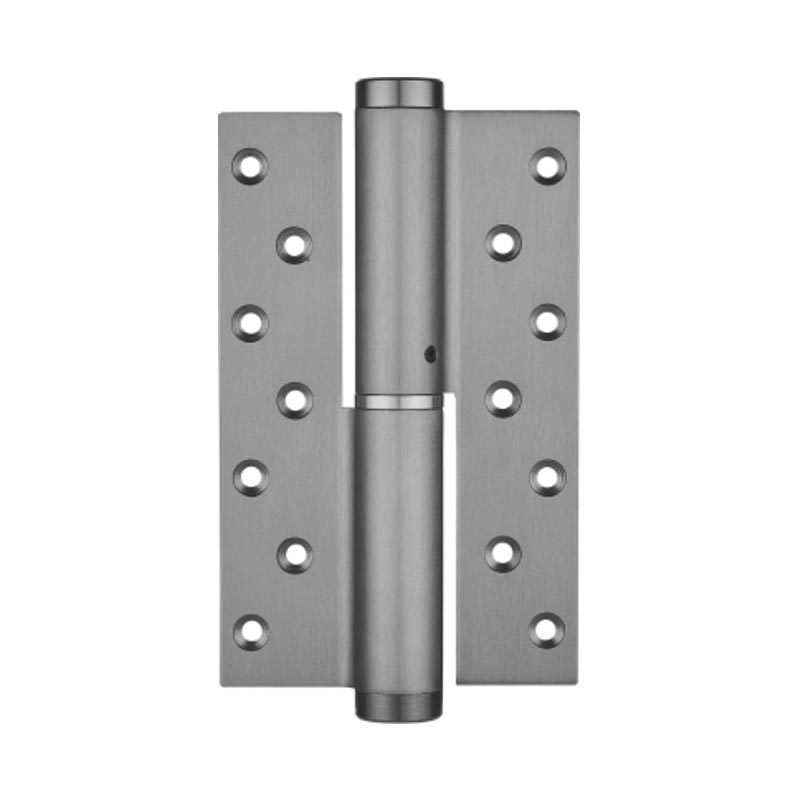In the realm of hinge technology, Hydraulic Buffer Hinges have emerged as a good alternative to conventional hinges, offering a range of benefits that cater to modern design and functionality needs. This article will delve into the advantages that Hydraulic Buffer Hinges possess when compared to traditional, non-buffered hinges, highlighting their importance in various applications.

Hydraulic Buffer Hinges, with their advanced damping mechanisms, provide a controlled and smooth closing action that is better than traditional hinges. This feature is not only beneficial for user convenience but also for safety, as it prevents doors and panels from slamming shut, which could cause injury or damage. The controlled closing motion of Hydraulic Buffer Hinges reduces noise and wear on the hinge itself, extending the lifespan of the hinge and the connected fixtures.
One of the significant advantages of Hydraulic Buffer Hinges is their ability to withstand heavy loads without compromising on performance. Traditional hinges, on the other hand, are often limited by their design and can struggle with heavier doors or panels, causing increased wear and tear and a higher likelihood of failure. Hydraulic Buffer Hinges, with their hydraulic damping system, can support and control the movement of heavier loads with ease, making them ideal for industrial and commercial applications.
In terms of durability, Hydraulic Buffer Hinges outperform traditional hinges by a significant margin. The sealed hydraulic system within the hinge is less susceptible to the corrosive effects of moisture and other environmental factors that can degrade traditional hinge materials. This resistance to corrosion and the inclusion of high-quality materials in their construction ensure that Hydraulic Buffer Hinges maintain their performance over time, even in challenging conditions.
Another advantage of Hydraulic Buffer Hinges is their customization capabilities. These hinges can be tailored to provide specific resistance levels and buffer speed, allowing for precise control over the closing action of doors and panels. This level of customization is not typically available with traditional hinges, which are often limited to a one-size-fits-all approach. The adjustability of Hydraulic Buffer Hinges means that they can be fine-tuned to meet the specific needs of any given application, whether it be a cabinet in a residential kitchen or a large industrial door.
The installation of Hydraulic Buffer Hinges is often more straightforward than that of traditional hinges, as they are designed to be user-friendly and compatible with a wide range of door and panel types. This ease of installation can save time and reduce the complexity of project completion, which is a significant advantage in both residential and commercial settings.
In terms of aesthetics, Hydraulic Buffer Hinges offer a sleek and modern appearance that can enhance the look of doors and panels, whereas traditional hinges can often detract from the overall design. The clean lines and concealed mechanisms of Hydraulic Buffer Hinges allow for a seamless integration into the design, providing both form and function.
Lastly, the environmental impact of Hydraulic Buffer Hinges is another area where they excel over traditional hinges. The long-lasting nature of these hinges means that they do not need to be replaced as frequently, reducing waste and the environmental footprint associated with the production and disposal of traditional hinges.
In conclusion, Hydraulic Buffer Hinges offer a multitude of advantages over traditional hinges, including enhanced safety, durability, customization, ease of installation, aesthetic appeal, and environmental sustainability. These benefits make Hydraulic Buffer Hinges the preferred choice for many applications where performance, longevity, and design are paramount.